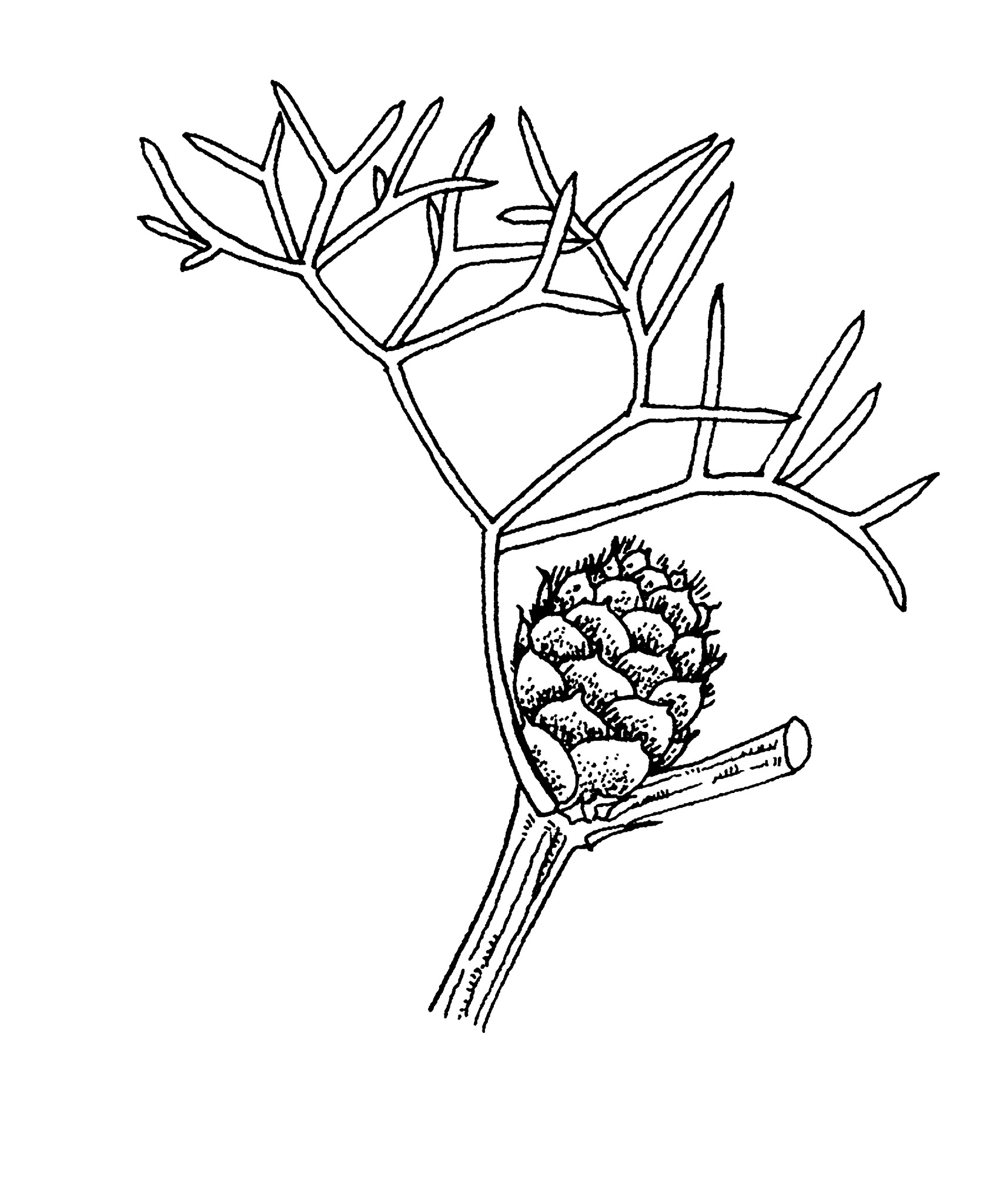
Greek petra — rock, phileo— to love, referring to the rocky habitats where many of the early collections were made.
Mostly erect shrubs. Leaves mostly alternate, leathery, extremely variable and often variously divided. Flower clusters terminal or axillary, cone-like, mostly ovoid (occasionally cylindrical) with a woody axis and with scales usually present and becoming woody in fruit. Flowers regular. Floral segments falling, either united or separate. Stamens 4. Ovary mostly with 1 ovule. Fruiting cones persistent. Fruit a small, often flattened, nut.Syn. Petrophila.
Grown for attractive foliage, especially the reddish new growth, yellow flowers and olive-like fruits.
53 species, 47 from SW WA.
Softwood cuttings.
P. longifolia, Snotty Gobble, has straight stems and is used in floriculture.
Differing from the similar Isopogon in having flowering cone scales fused to the axis, these opening to release flattened nuts.
Popular: Sainsbury (1987).
Source: (2002). Proteaceae. In: . Horticultural Flora of South-eastern Australia. Volume 3. Flowering plants. Dicotyledons. Part 2. The identification of garden and cultivated plants. University of New South Wales Press.
